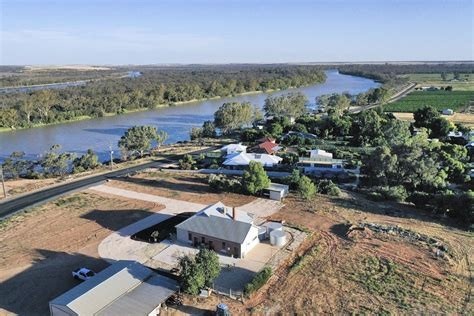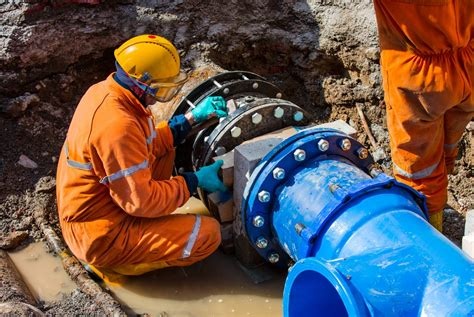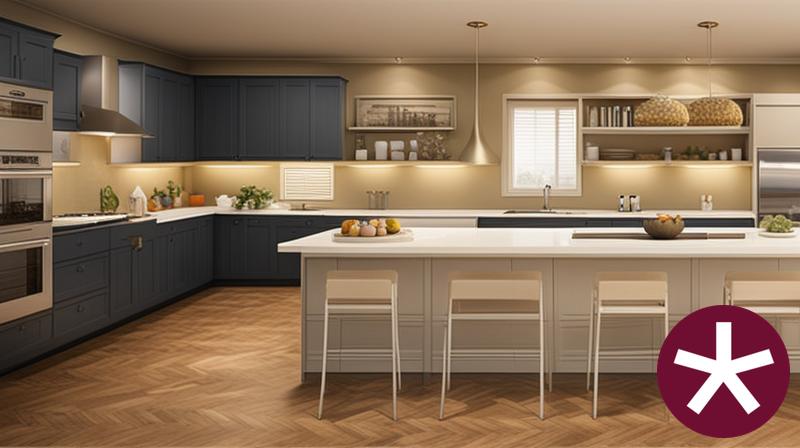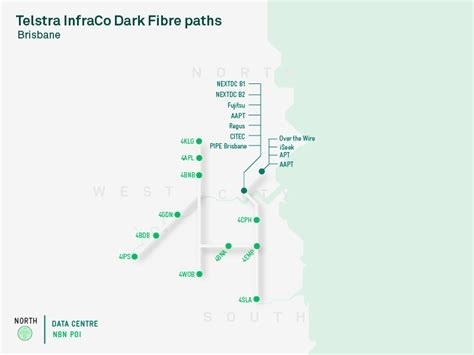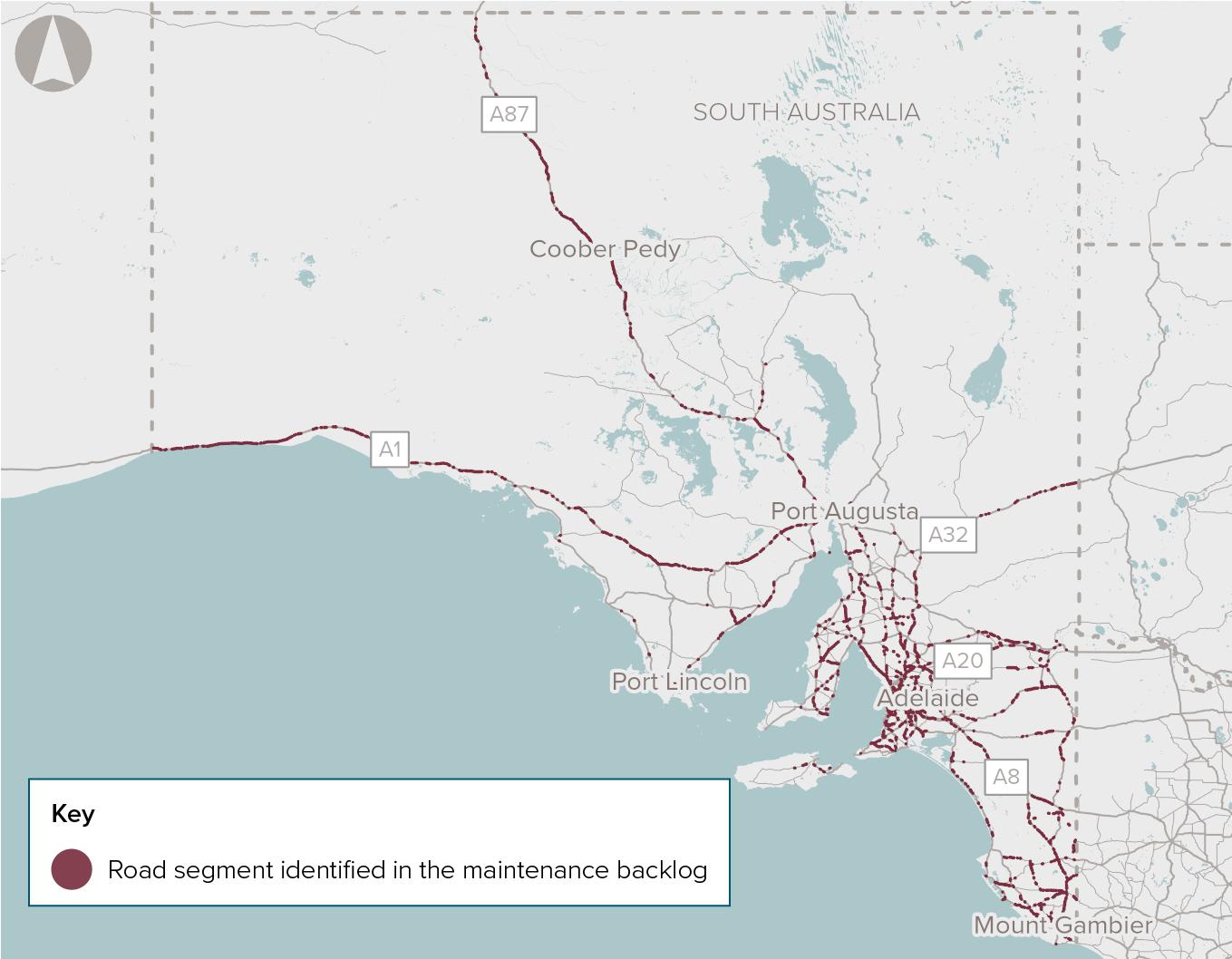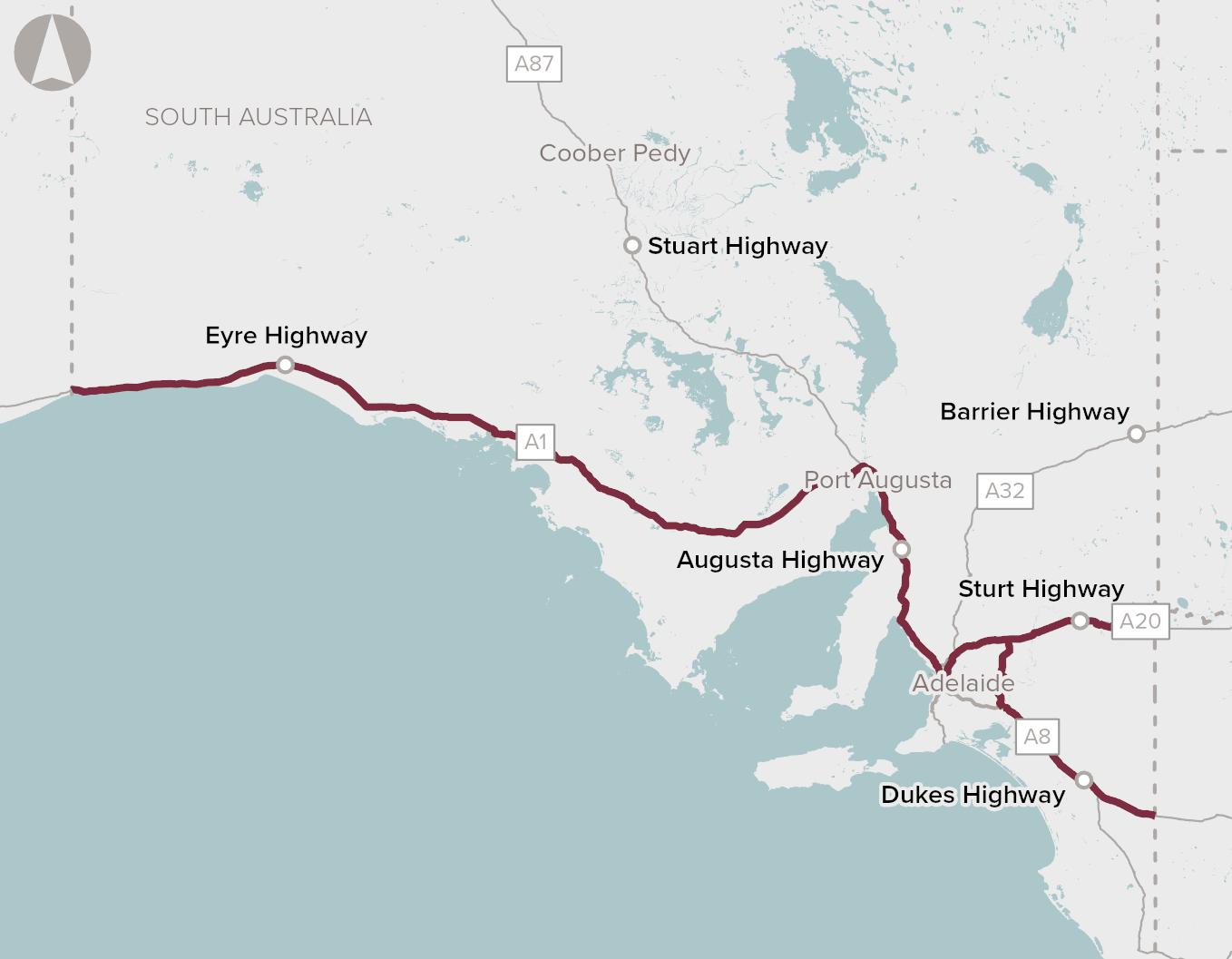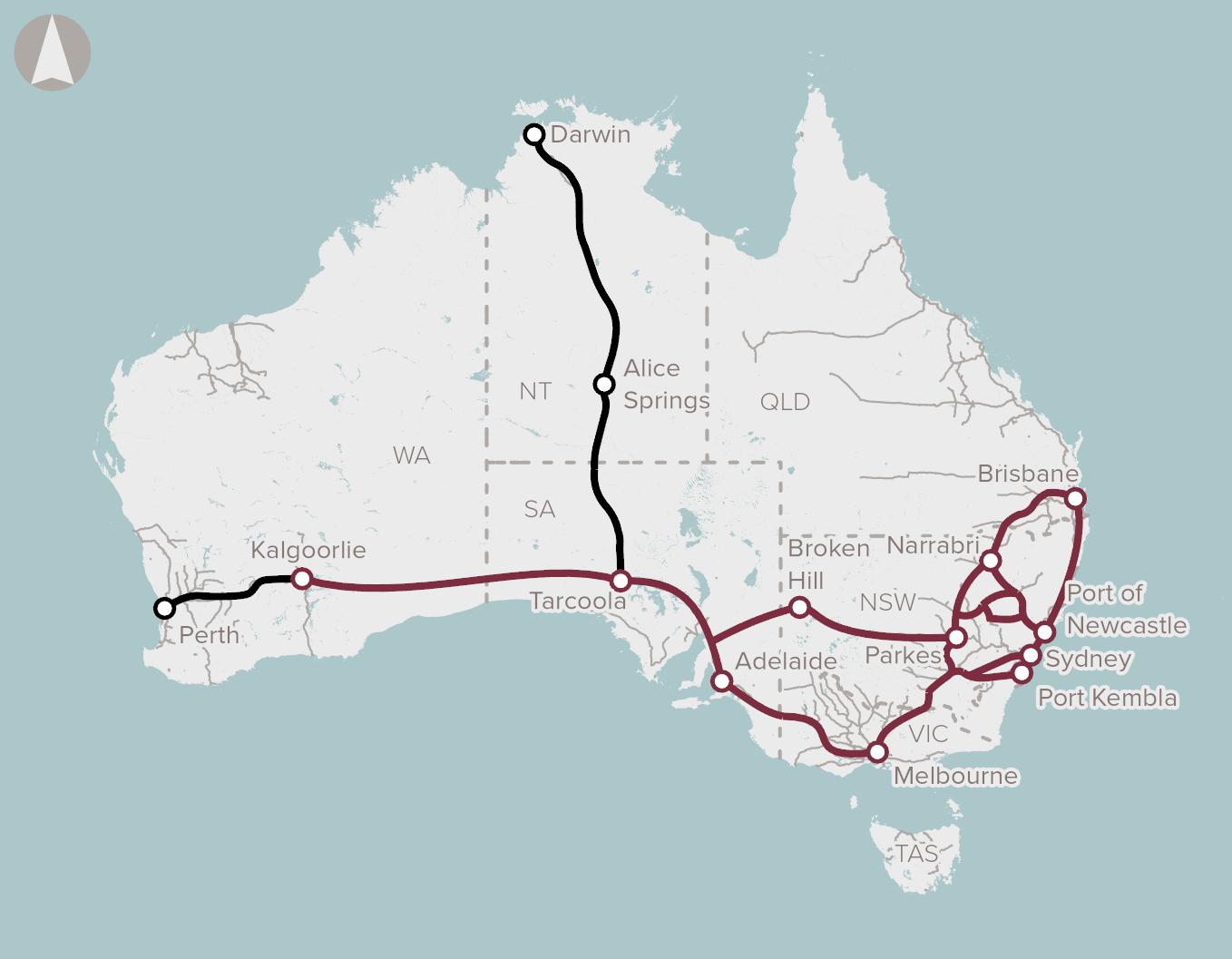Chart Color Schemes
est. as @ -- *
ABS ERP | -- people | --
2021 Census | -- people
Sales Activity
Curious about local property values? Filter the chart to assess the volume and appreciation (including resales) trends and regional comparisons, or scroll to the map below view this information at an individual property level.
Find a Recent Sale
Sales Detail
Population
Berri is positioned among the lower quartile of areas assessed nationally for population growth based on AreaSearch's assessment of recent, and medium term trends
Based on AreaSearch's analysis, Berri's population was around 4,207 as of August 2025. This reflected an increase of 64 people (1.5%) since the 2021 Census, which reported a population of 4,143 people. The change was inferred from the estimated resident population of 4,180 from the ABS as of June 2024 and an additional 20 validated new addresses since the Census date. This level of population equated to a density ratio of 348 persons per square kilometer, providing significant space per person and potential room for further development. Population growth for the area was primarily driven by overseas migration, which was essentially the sole driver of population gains during recent periods.
AreaSearch adopted ABS/Geoscience Australia projections for each SA2 area, as released in 2024 with 2022 as the base year. For any SA2 areas not covered by this data, and for years post-2032, the SA State Government's Regional/LGA projections by age category, released in 2023 and based on 2021 data, were adopted with adjustments made employing a method of weighted aggregation of population growth from LGA to SA2 levels. Considering the projected demographic shifts, over this period, projections indicated a decline in overall population, with the area's population expected to decline by 68 persons by 2041 according to this methodology. However, growth across specific age cohorts was anticipated, led by the 75 to 84 age group, which was projected to grow by 164 people.
Frequently Asked Questions - Population
Development
The level of residential development activity in Berri is very low in comparison to the average area assessed nationally by AreaSearch
Berri has received approximately nine dwelling approvals annually. The Australian Bureau of Statistics produces development approval data on a financial year basis, totaling 49 approvals between FY20 and FY25, with one approval so far in FY26. Given the area's population decline, new supply likely meets demand, offering buyers good choice. Average dwelling construction cost is $324,000, aligning with regional patterns.
In FY26, there have been $25.3 million in commercial approvals, indicating steady investment activity. Compared to Rest of SA, Berri has significantly lower building activity, 77.0% below the regional average per person, which typically strengthens demand and prices for existing properties. This activity is also under the national average, suggesting the area's established nature and potential planning limitations. All new construction in Berri comprises detached houses, preserving its low-density character and attracting space-seeking buyers. Developers construct more detached housing than implied by Census data (78.0% increase), reflecting strong demand for family homes.
The estimated population per dwelling approval is 1314 people, indicating a quiet development environment. With stable or declining population projections, Berri should experience reduced housing demand pressures, benefiting potential buyers.
Frequently Asked Questions - Development
Infrastructure
Berri has emerging levels of nearby infrastructure activity, ranking in the 23rdth percentile nationally
Changes to local infrastructure significantly impact an area's performance. AreaSearch has identified three key projects likely to affect this region: McLean Street Residential Estate, Riverview Drive Reconstruction (Flood Recovery) initiated in June 2016 and expected completion by Dec 2018, Berri Energy Project starting in Oct 2017 with completion scheduled for Feb 2020, and Project EnergyConnect.
Professional plan users can use the search below to filter and access additional projects.
INFRASTRUCTURE SEARCH
Frequently Asked Questions - Infrastructure
Victorian Murray Floodplain Restoration Project
Major environmental restoration project to restore floodplains along the Murray River by building infrastructure including flow regulators, channels and containment banks to deliver environmental water to nine high-value floodplain sites. The project aims to return natural flooding regimes to 14,000 hectares of ecologically significant floodplains, supporting native plants, animals, and ecological resilience against dry conditions without impacting regional communities.
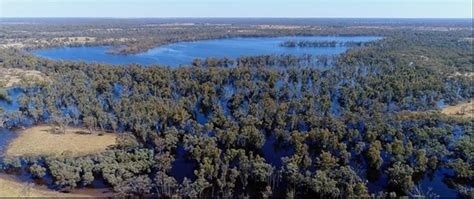
Enabling Infrastructure for Hydrogen Production
Australia has completed the National Hydrogen Infrastructure Assessment (NHIA) to 2050 and refreshed its National Hydrogen Strategy (2024). The programmatic focus has shifted to planning and enabling infrastructure through measures such as ARENA's Hydrogen Headstart and the Hydrogen Production Tax Incentive (from April 2025). Round 2 of Hydrogen Headstart consultation occurred in 2025. Collectively these actions aim to coordinate investment in transport, storage, water and electricity inputs linked to Renewable Energy Zones and priority hubs, supporting large-scale renewable hydrogen production and future export supply chains.
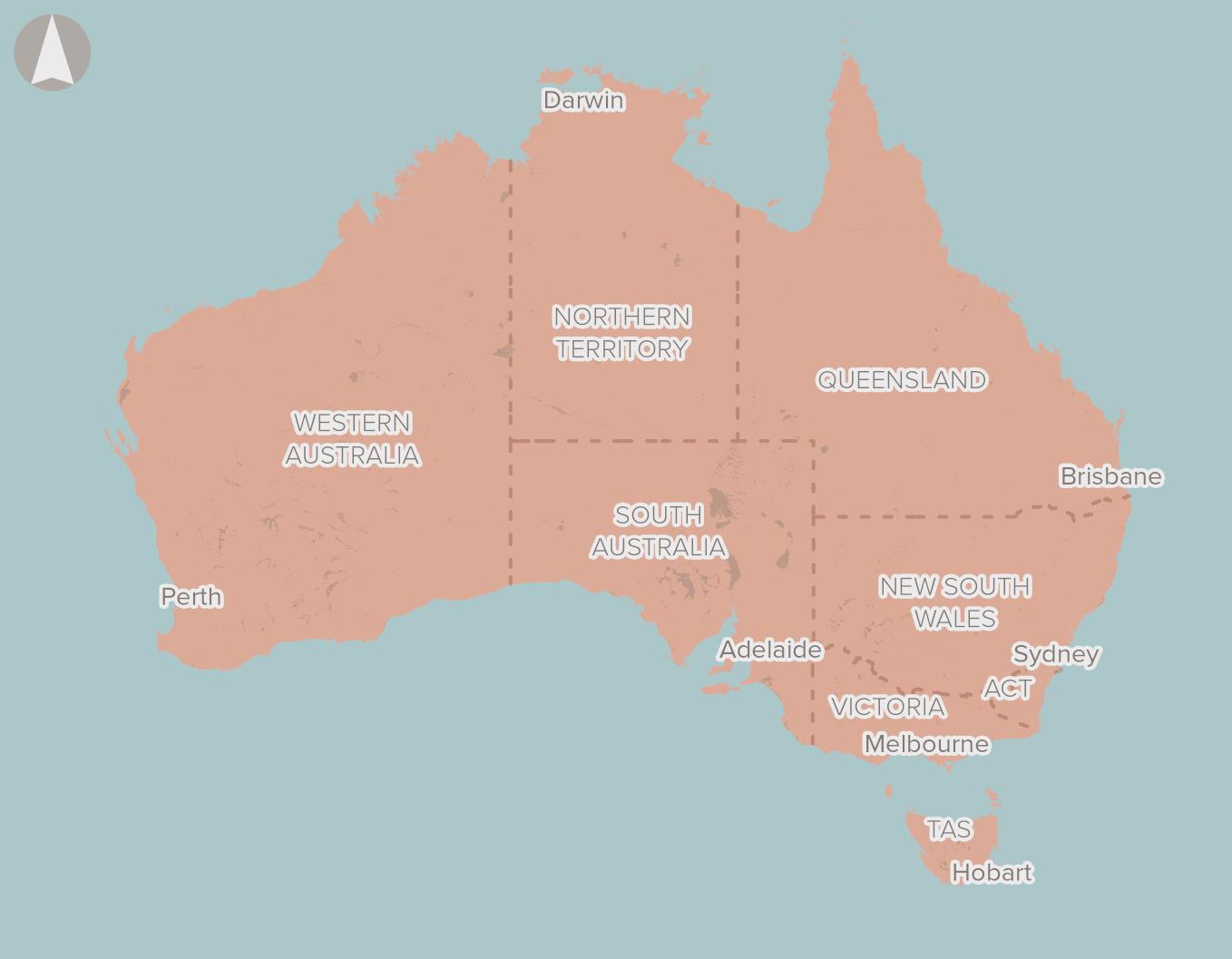
Bulk Water Supply Security
Nationwide program led by the National Water Grid Authority to improve bulk water security and reliability for non-potable and productive uses. Activities include strategic planning, science and business cases, and funding of state and territory projects such as storages, pipelines, dam upgrades, recycled water and efficiency upgrades to build drought resilience and support regional communities, industry and the environment.
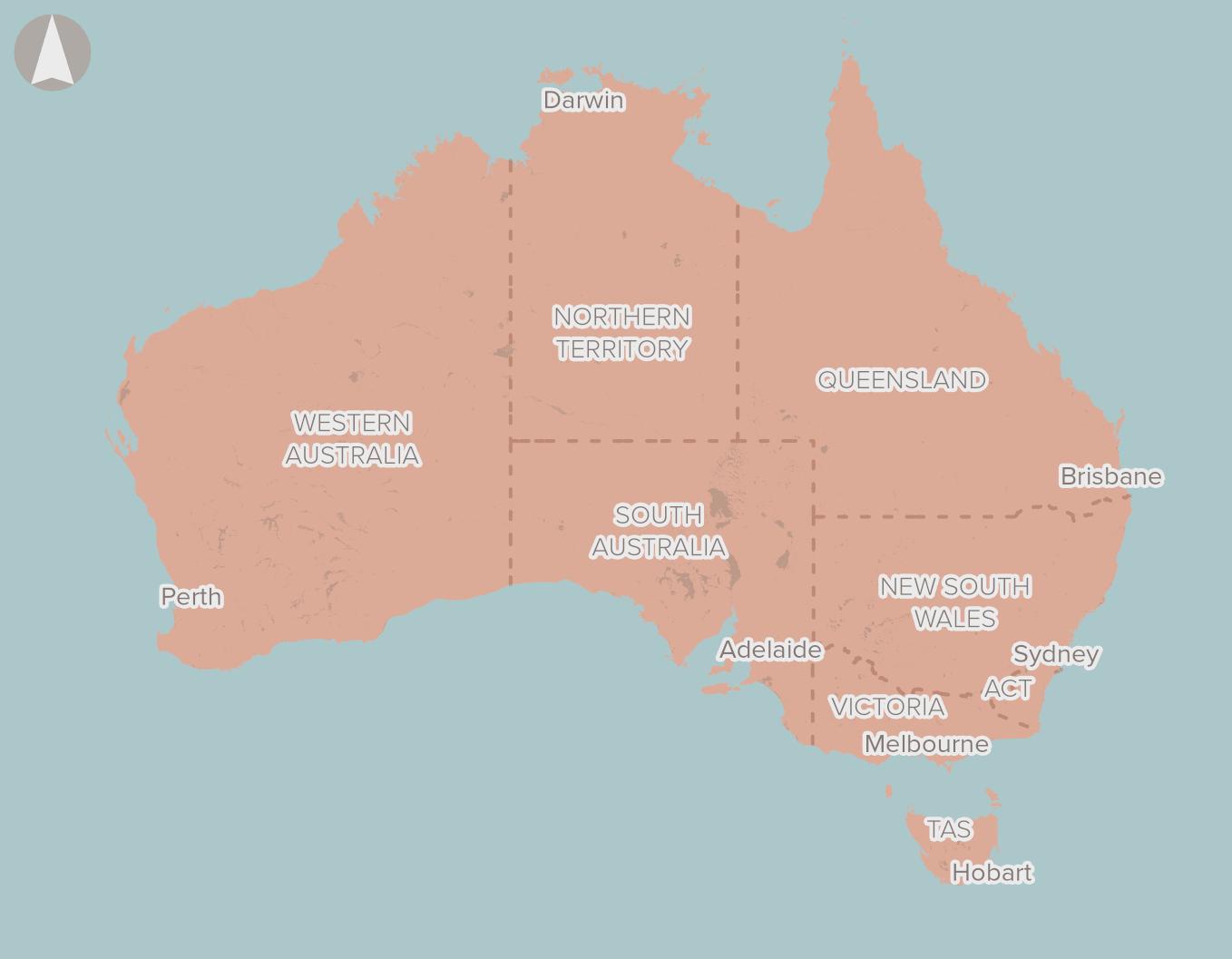
Berri Energy Project
Australia's first fully operational utility-scale DC-coupled solar and battery energy storage system. The project, built on a former racecourse, features a 5.8 MWp solar farm (9,800 solar panels) coupled with a 6.7 MWh battery. It commenced full commercial operations in early 2023, generating 11,500 MWh annually, and provides Frequency Control Ancillary Services (FCAS) and voltage control services to the grid. It also has a community fund donating over $190,000 over its lifetime.
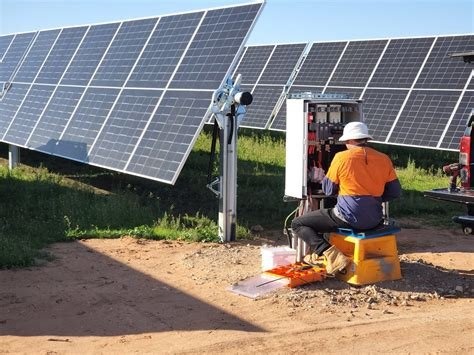
EnergyConnect
Australia's largest energy transmission project. A new ~900km interconnector linking the NSW, SA and VIC grids. NSW-West (Buronga to SA border and Red Cliffs spur) was energised in 2024-2025, connecting the three states via the expanded Buronga substation. NSW-East (Buronga-Dinawan-Wagga Wagga) is under active construction with substation upgrades at Wagga Wagga completed in June 2025 and works well advanced at Dinawan and Buronga. Full 800MW transfer capability is targeted after completion of the eastern section and inter-network testing, expected by late 2027.
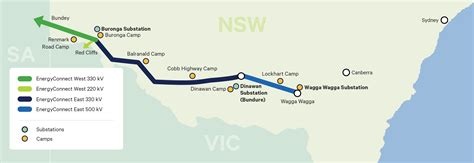
Network Optimisation Program - Roads
A national program concept focused on improving congestion and reliability on urban road networks by using low-cost operational measures and technology (e.g., signal timing, intersection treatments, incident management) to optimise existing capacity across major city corridors.
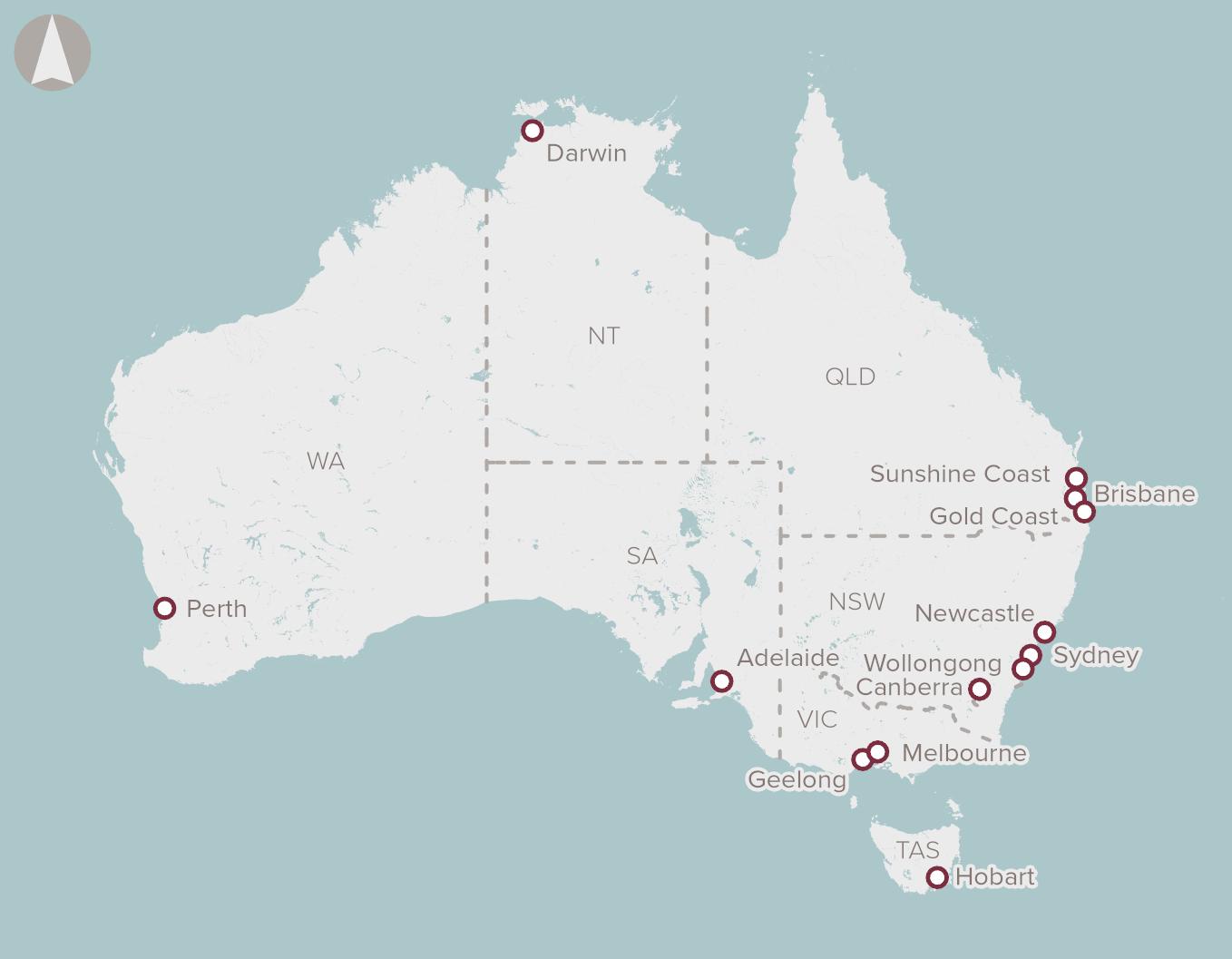
McLean Street Residential Estate
Sale of a significant 3.06ha development site (Lot 45 McLean St) in the Riverland town of Berri, which was advertised with two professionally drafted concept plans for a low-density residential estate of up to 34 new homes to address the critical local housing shortage. The site was sold on October 9, 2025.
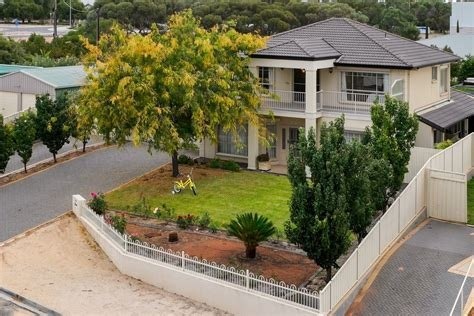
Project EnergyConnect
Project EnergyConnect is a new 900-kilometre electricity interconnector (transmission line) to enhance transfer capacity between South Australia and New South Wales, with a connection to Victoria. It is delivered in two stages: SA Section (Stage One, 206 km, 150 MW capacity) and NSW Section (Stage Two, 700 km, 800 MW capacity), including new substations, transmission lines, and upgrades.
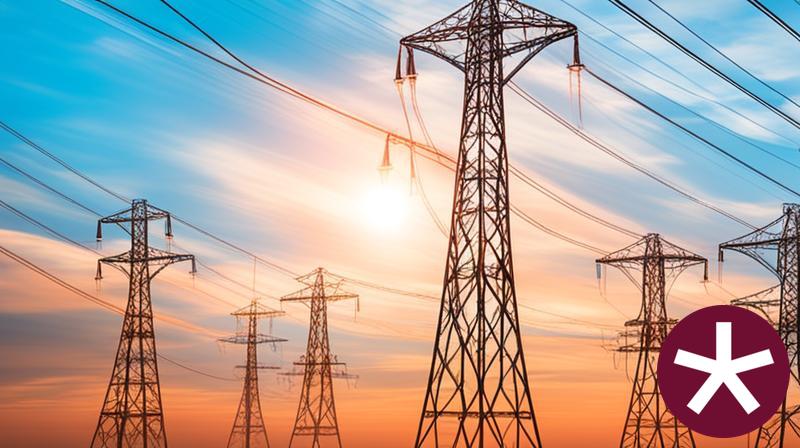
Employment
The labour market performance in Berri lags significantly behind most other regions nationally
Berri has a diverse workforce with both white and blue collar jobs, with significant representation in essential services sectors. Its unemployment rate is 5.3%.
As of June 2025, Berri's employment stands at 1,912 residents, with an unemployment rate of 5.3%, which is 0.7% higher than Rest of SA's rate of 4.6%. Workforce participation in Berri is similar to Rest of SA's 54.1%. Key industries employing residents are health care & social assistance, manufacturing, and retail trade. Health care & social assistance is particularly prominent, with an employment share 1.3 times the regional level.
Conversely, agriculture, forestry & fishing has lower representation at 6.4% compared to the regional average of 14.5%. The resident-to-worker ratio of 0.7 indicates higher local employment opportunities than usual. Between June 2024 and June 2025, Berri's labour force decreased by 2.3%, while employment declined by 3.1%, leading to an unemployment rate increase of 0.8 percentage points. In contrast, Rest of SA saw an employment decline of 1.2% and a labour force growth of 0.1%, with unemployment rising by 1.2 percentage points. National employment forecasts from Jobs and Skills Australia in May 2025 project national employment growth of 6.6% over five years and 13.7% over ten years. Applying these projections to Berri's employment mix suggests local growth of approximately 5.7% over five years and 12.6% over ten years.
Frequently Asked Questions - Employment
Income
The area's income levels rank in the lower 15% nationally based on AreaSearch comparative data
Berri's median income among taxpayers in financial year 2022 was $46,367. The average income stood at $53,959 during this period. In comparison, the Rest of SA's median and average incomes were $46,889 and $56,582 respectively. By March 2025, estimates suggest Berri's median income could reach approximately $51,389 and the average income could be around $59,803, based on Wage Price Index growth of 10.83% since financial year 2022. Census data indicates that household, family, and personal incomes in Berri all fall within the 5th to 13th percentiles nationally. Income distribution shows that 29.7% of Berri's community earns between $400 and $799 (1,249 individuals), unlike surrounding regions where earnings predominantly fall within the $1,500 to $2,999 band at 27.5%. After accounting for housing costs, 85.3% of income remains in Berri, ranking at the 7th percentile nationally.
Frequently Asked Questions - Income
Housing
Berri is characterized by a predominantly suburban housing profile, with a higher proportion of rental properties than the broader region
In Berri, as per the latest Census evaluation, 78.1% of dwellings were houses, with the remaining 21.9% comprising semi-detached, apartments, and other types. This is in contrast to Non-Metro SA's figures of 89.9% houses and 10.1% other dwellings. Home ownership in Berri stood at 32.0%, with mortgaged dwellings at 24.9% and rented ones at 43.2%. The median monthly mortgage repayment was $1,040, lower than Non-Metro SA's average of $1,083. The median weekly rent in Berri was $215, compared to Non-Metro SA's $220. Nationally, Berri's mortgage repayments were significantly lower at $1,040 versus Australia's average of $1,863, and rents were substantially below the national figure of $375.
Frequently Asked Questions - Housing
Household Composition
Berri features high concentrations of lone person households, with a lower-than-average median household size
Family households constitute 60.4% of all households, including 17.9% couples with children, 26.0% couples without children, and 15.2% single parent families. Non-family households account for the remaining 39.6%, with lone person households at 36.2% and group households comprising 3.5%. The median household size is 2.1 people, which is smaller than the Rest of South Africa average of 2.3.
Frequently Asked Questions - Households
Local Schools & Education
Berri faces educational challenges, with performance metrics placing it in the bottom quartile of areas assessed nationally
The area faces educational challenges, with university qualification rates at 14.3%, substantially below the Australian average of 30.4%. This represents both a challenge and an opportunity for targeted educational initiatives. Bachelor degrees lead at 10.2%, followed by postgraduate qualifications (2.7%) and graduate diplomas (1.4%). Trade and technical skills feature prominently, with 35.6% of residents aged 15+ holding vocational credentials – advanced diplomas (7.4%) and certificates (28.2%).
Educational participation is notably high, with 25.7% of residents currently enrolled in formal education. This includes 10.9% in primary education, 7.4% in secondary education, and 2.1% pursuing tertiary education. Berri's 4 schools have combined enrollment reaching 1,102 students as of the latest data. The educational mix includes 2 primary, 1 secondary, and 1 K-12 school. As of 2021, the area functions as an education hub with 26.3 school places per 100 residents – significantly above the regional average of 13.7 – attracting students from surrounding communities.
Frequently Asked Questions - Education
Schools Detail
Nearby Services & Amenities
Transport
No public transport data available for this catchment area.
Frequently Asked Questions - Transport
Transport Stops Detail
Health
Health performance in Berri is a key challenge with a range of health conditions having marked impacts on both younger and older age cohorts
Berri faces significant health challenges, with various conditions affecting both younger and older residents. Approximately 47% (~1,977 people) have private health cover, which is lower than the national average of 55.3%.
The most prevalent medical conditions are arthritis (affecting 10.6% of residents) and mental health issues (impacting 9.9%). Conversely, 59.8% claim to be free from any medical ailments, compared to 61.8% in the rest of South Australia. Berri has a lower proportion of seniors aged 65 and over at 23.9% (1,004 people), compared to 26.2% in the rest of SA. Health outcomes among seniors mirror those of the general population.
Frequently Asked Questions - Health
Cultural Diversity
Berri ranks below the Australian average when compared to other local markets across a number of language and cultural background related metrics
Berri had a lower cultural diversity, with 88.1% citizens, 85.2% born in Australia, and 88.6% speaking English only at home as of 2016 Census data. Christianity was the dominant religion, comprising 45.7% of Berri's population. Notably, the 'Other' religious category had a higher representation in Berri at 2.6%, compared to 1.5% across the Rest of South Australia.
Regarding ancestry, English was the top group at 29.6%, followed by Australian at 28.7%, and German at 8.8%. Some ethnic groups showed significant differences: Greek was overrepresented at 2.8% (vs 1.3% regionally), Hungarian at 0.4% (vs 0.2%), and Australian Aboriginal at 4.7% (vs 3.0%).
Frequently Asked Questions - Diversity
Age
Berri hosts an older demographic, ranking in the top quartile nationwide
Berri has a median age of 42, which is younger than the Rest of SA figure of 47 and higher than the national norm of 38. The age group of 25-34 shows strong representation at 13.8%, compared to Rest of SA's figure. However, the 55-64 cohort is less prevalent in Berri at 11.3%. Post-Census data from 2021 shows that the 25 to 34 age group has grown from 12.4% to 13.8%, while the 75 to 84 cohort increased from 7.1% to 8.1%. Conversely, the 5 to 14 age group has declined from 11.4% to 9.7%. By 2041, Berri is expected to see notable shifts in its age composition. The 75 to 84 group is projected to grow by 40%, reaching 478 people from 341. The aging population dynamic is clear, with those aged 65 and above comprising 84% of the projected growth. Conversely, population declines are projected for the 0 to 4 and 55 to 64 age cohorts.
